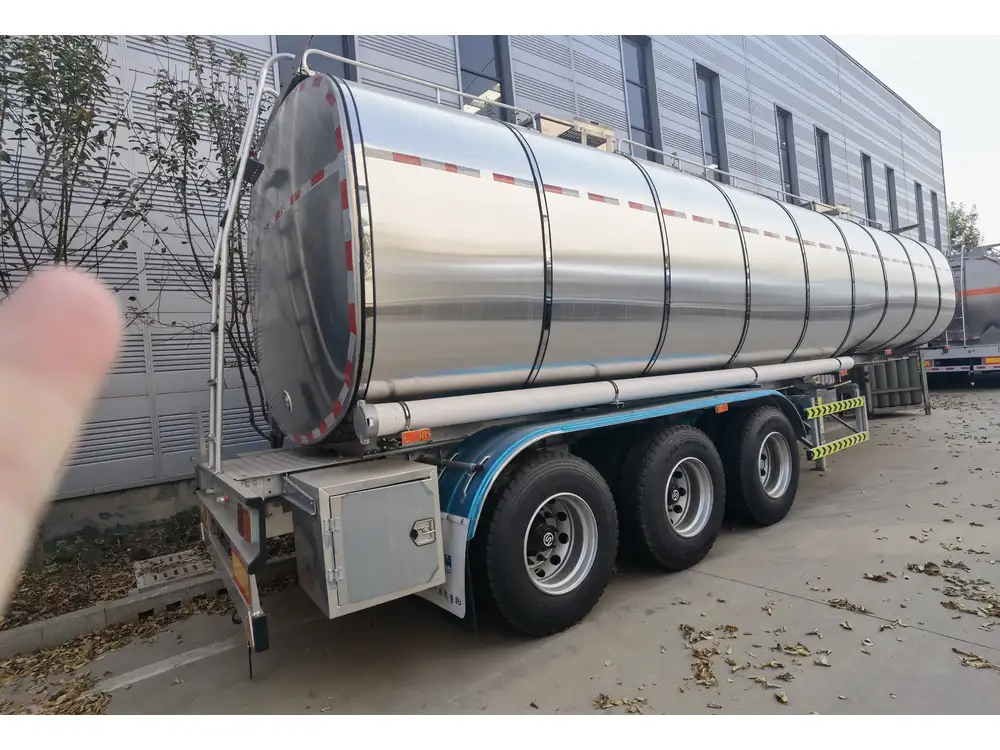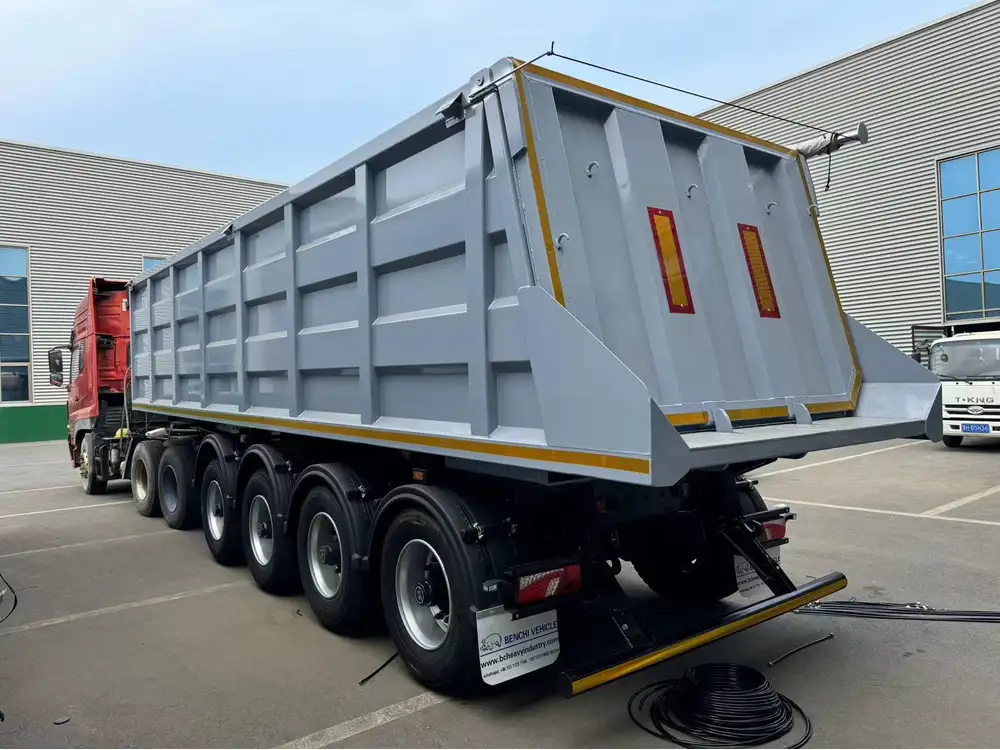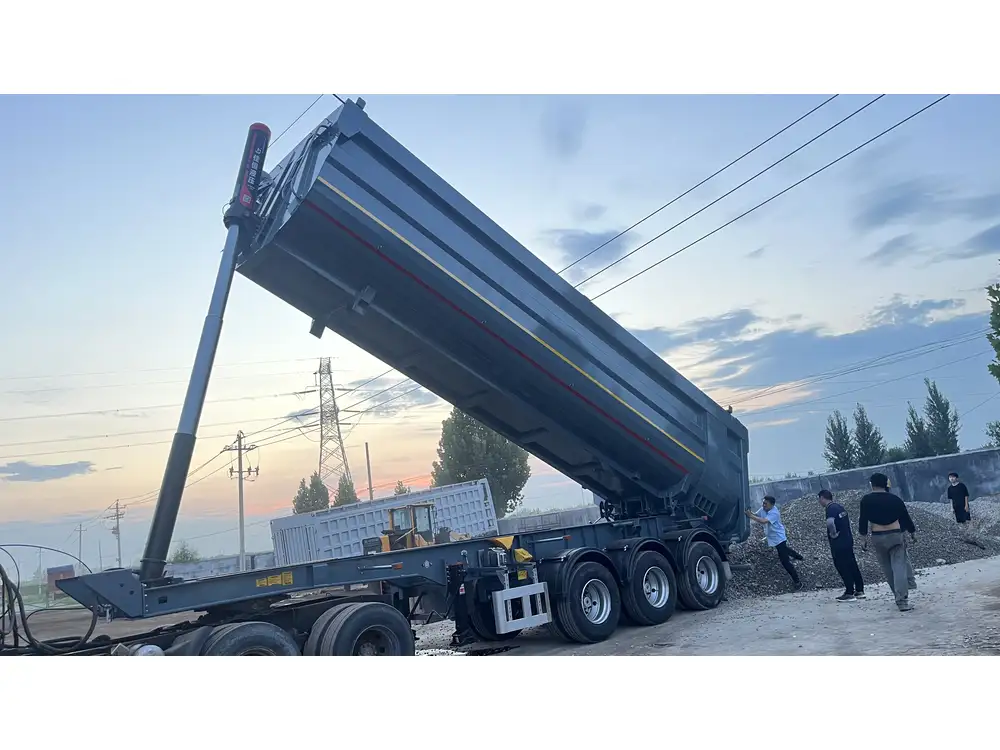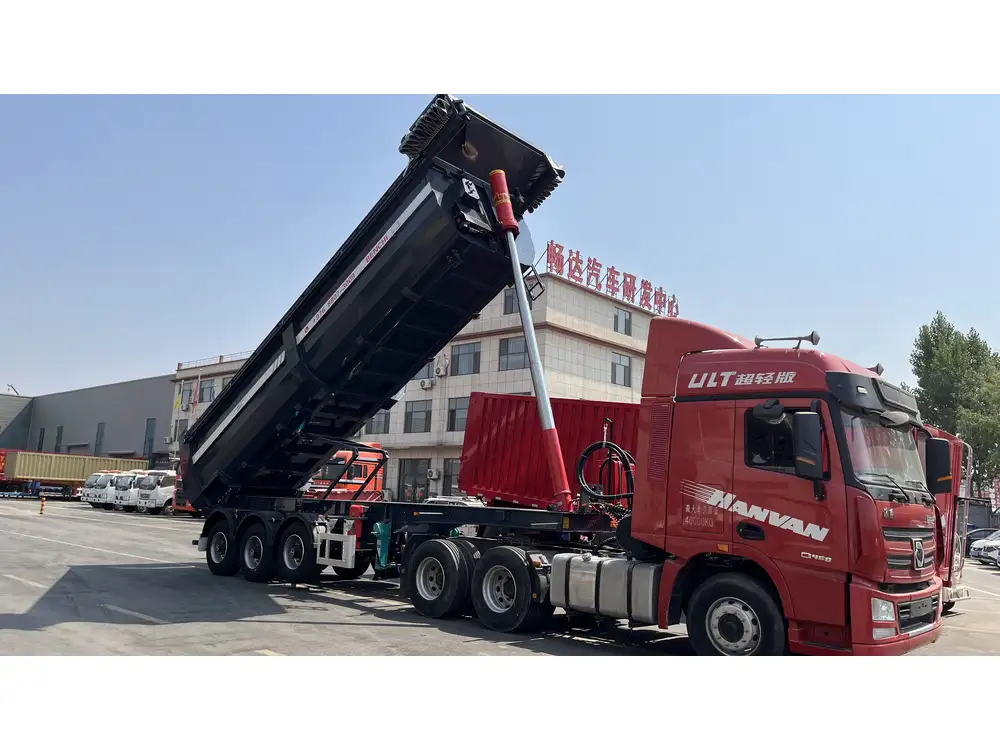Introduction to Semi-Trailer Dimensions
When it comes to logistics and transportation, knowing the dimensions of semi-trailers is crucial for ensuring compliance with regulations, optimizing loading strategies, and making informed purchasing decisions. Among the many dimensions to consider, the width of a semi-trailer holds significant importance. This comprehensive guide delves into the question: how wide is a semi-trailer? Furthermore, we unpack the implications of semi-trailer width regarding transport regulations, cargo capacity, and operational efficiency.
Industry Standards for Semi-Trailer Width

Legal Width Limitations
In the United States, federal law generally stipulates a maximum width of 8.5 feet (102 inches) for semi-trailers. This regulation is designed to maintain safety on public roadways while allowing for efficient transportation of goods. Each state may enforce additional restrictions or regulations regarding oversize loads, and it’s crucial for transport companies and operators to familiarize themselves with these laws to avoid fines and operational hiccups.
International Standards
Globally, the width for semi-trailers can vary based on regional regulations. In the European Union, for example, the standard maximum width is typically 2.55 meters (approximately 8.37 feet). In contrast, specialized vehicles such as flatbeds or multi-axle trailers may operate under different regulations, which may allow for increased width to accommodate specific cargo types.
| Region | Maximum Width |
|---|---|
| United States | 8.5 feet (102 inches) |
| European Union | 2.55 meters (8.37 feet) |
Types of Semi-Trailers and Their Dimensions
Different types of semi-trailers have varying widths depending on their intended use. Let’s break down the most common types and their respective widths.

1. Flatbed Trailers
Flatbed trailers are prevalent in the transport of large, heavy, or oversized loads. These trailers typically conform to the standard width of 8.5 feet (102 inches) but can vary slightly depending on the specific design and purpose.
2. Reefer Trailers
Reefer trailers, which are insulated and refrigerated, also adhere to the standard maximum width. However, some specialized designs may extend slightly beyond these limits to accommodate additional insulation or equipment.
3. Enclosed Trailers
Enclosed trailers protect cargo from the elements and theft. Their widths typically match the standard dimensions, but again, some models may feature custom modifications that could alter these measurements.
| Trailer Type | Typical Width |
|---|---|
| Flatbed | 8.5 feet (102 inches) |
| Reefer | 8.5 feet (102 inches) |
| Enclosed | 8.5 feet (102 inches) |

Factors Influencing the Width of a Semi-Trailer
1. Cargo Requirements
The type of cargo being transported frequently dictates the dimensions of the semi-trailer. For example, transporting oversized goods such as construction materials may necessitate wider trailers or specialized equipment that can accommodate more significant dimensions.
2. Road Regulations
Regions with stricter regulations may require adjustments in trailer width. Some jurisdictions allow for oversized or specialized vehicles, which can exceed standard width limits but often require permits and adhere to specific routing guidelines.

3. Manufacturer Design Choices
Different manufacturers may offer trailers with custom designs that impact overall width. Factors including engineering innovation and market demand play a role in what is available for fleets.
The Importance of Width in Cargo Transportation
1. Load Capacity and Stability
The width of a semi-trailer affects how much cargo can be transported safely. A wider trailer can allow for bulkier cargo arrangements, improving load stability and balance. This is crucial for ensuring safety, reducing the risk of rollovers, and preventing damage to both the trailer and its load.

2. Maneuverability Concerns
Wider trailers can present maneuverability challenges, particularly in urban environments or when navigating tight spaces. As such, it’s essential for operators to assess the operational environment and vehicle limitations, especially in terms of visibility and turning radius.
3. Compliance and Permits
Understanding and adhering to width regulations is vital for compliance. Operators must also factor in the potential need for special permits when transporting oversized loads, which can include additional costs and logistical planning.
FAQs about Semi-Trailer Width

What is the typical maximum width for a semi-trailer in the United States?
The typical maximum width for a semi-trailer in the United States is 8.5 feet (102 inches). This measurement applies to most standard semi-trailers, including flatbeds, reefers, and enclosed trailers.
Are there any exceptions to the standard width regulations?
Yes, certain exceptional situations may allow wider semi-trailers, particularly for oversized loads. However, these exceptions must be confirmed with local regulations and often require special permits.
How does the width of a semi-trailer affect freight transport costs?
While the width itself may not directly influence freight costs, it can impact capacity and efficiency. Wider trailers can accommodate larger shipments, potentially reducing the number of trips needed and, consequently, lowering overall transportation costs.

Conclusion
In summary, understanding the width of a semi-trailer is imperative for those in the transportation and logistics industry. With the standard maximum width set at 8.5 feet (102 inches) in the U.S., variations depend on trailer type, cargo specifics, and regulatory nuances. By grasping the implications of width on load capacity, stability, and compliance requirements, operatives can optimize their transport decisions and continue to meet the dynamic demands of the industry.
As we continue to explore the complexities of semi-trailer dimensions, our commitment lies in delivering insights that empower operators to thrive amid the challenges of transportation logistics.



